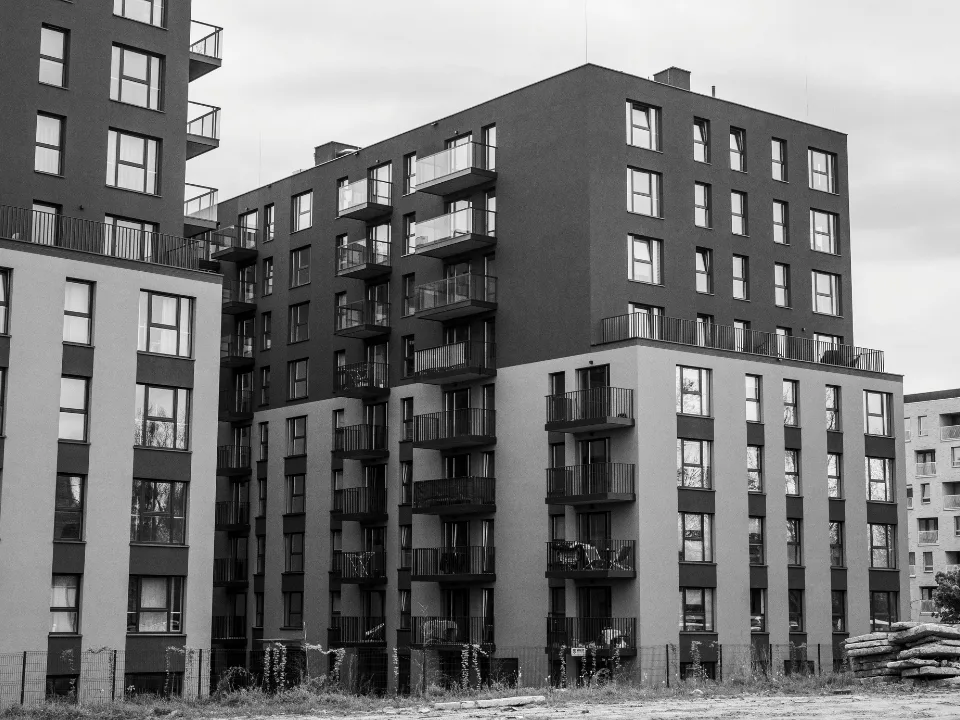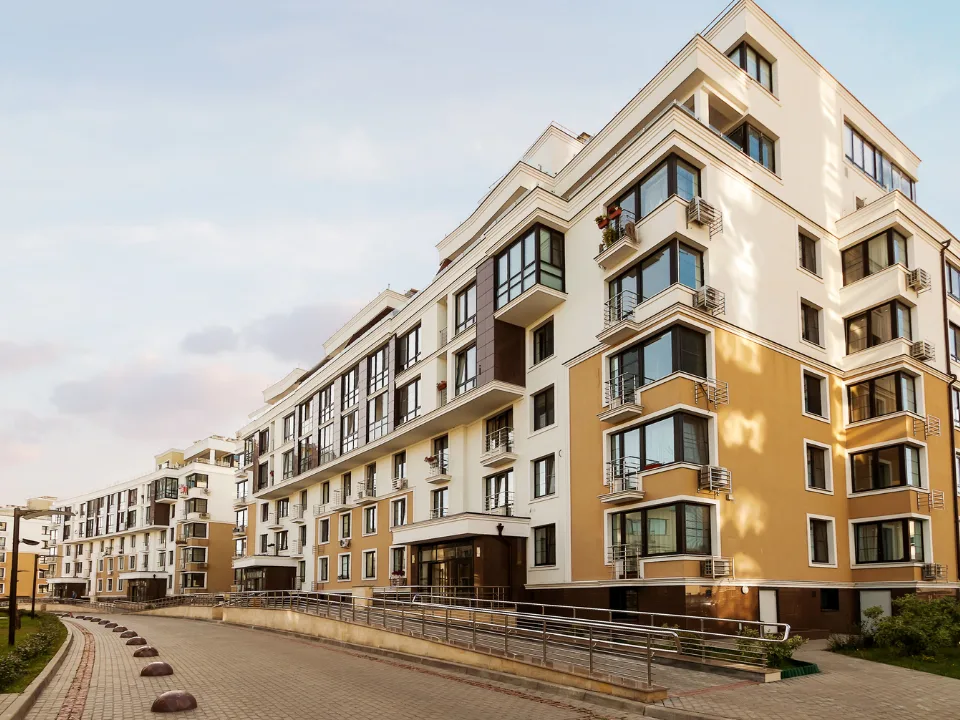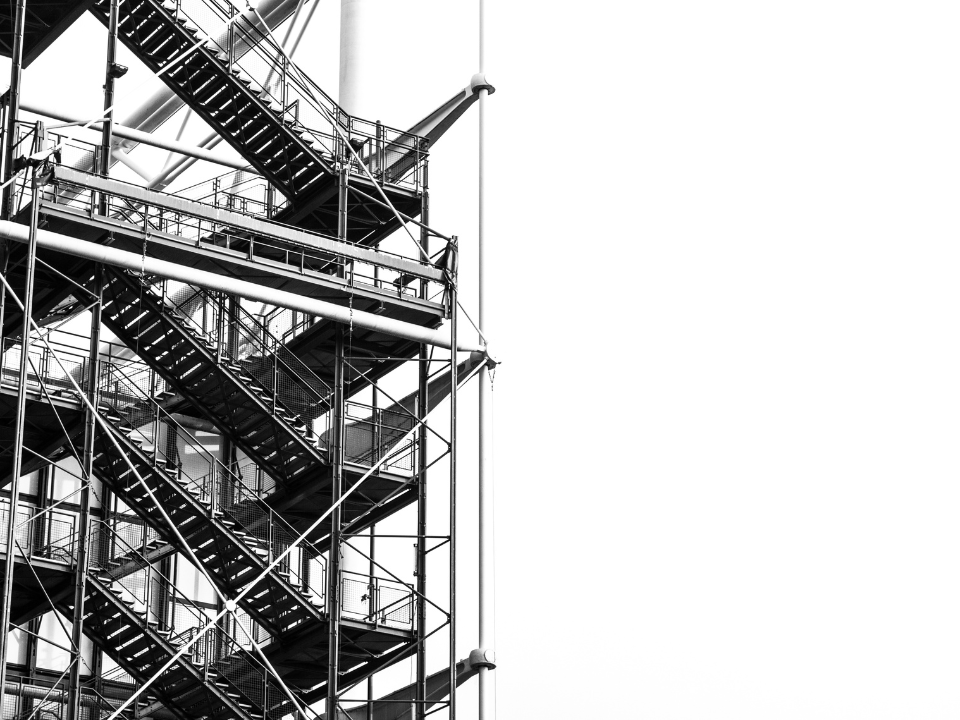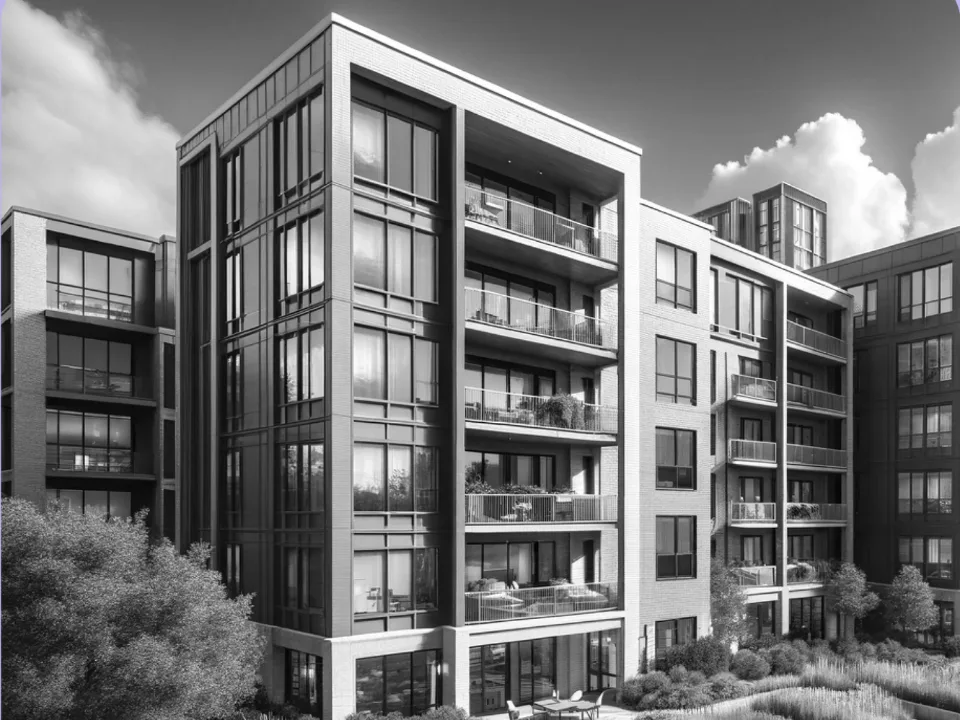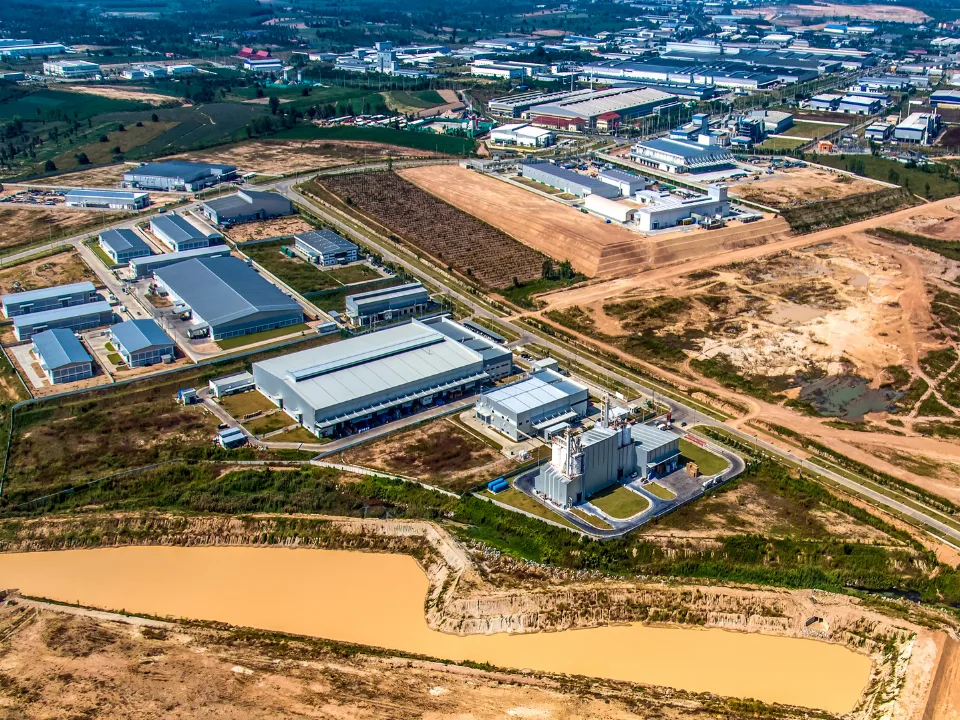- U.S. industrial construction costs rose 2.6% YoY in March, a slowdown from the double-digit spikes seen two years ago.
- Miami remains one of the most expensive markets for industrial construction, while Dallas and Houston are among the most cost-effective.
- Commodity prices are stabilizing, with lumber, steel, and copper prices down YoY, although concrete prices are up due to supply issues.
As reported on Globest, industrial construction costs rose 2.6% YoY in March, significantly less than the double-digit spikes seen two years ago due to pandemic supply chain snarls. However, high inflation, rising land prices, and a tight labor market could push costs higher in the near future.
Market Overview
According to Cushman & Wakefield’s latest industrial cost guide, pricing for small industrial projects averaged $142 PSF, 17% higher than last year. Medium-sized projects averaged $85 PSF, up 2.1% YoY, while large projects slipped to $75 PSF, down 4.2%.
Regionally, Miami stands out as one of the priciest markets for industrial construction, while Dallas and Houston are among the most cost-effective.
Commodity & Labor Costs
The report also indicates stabilizing commodity prices this year. Lumber (-1.4%), steel (-8.4%), and copper (-2.9%) prices were all down YoY. Notably, concrete prices shot up 7.4% due to plant closures in Mexico.
Overall, most commodity price changes remained within their 10-year average. Cushman & Wakefield projects modest price increases for commodities through the end of the year.
Meanwhile, driven by a competitive labor market, both skilled and common labor costs are rising faster than their 10-year average.
Demand Drivers, Impacts
Demand for U.S. industrial space remained robust over the past three years, with 1.3 MSF absorbed from 2021 to 2023. The high demand for warehouses led to a 45% jump in new warehouse construction costs by 2022, significantly higher than the five-year average of 3.2% from 2015 to 2019.
However, absorption slowed down significantly in 2023 and into 1Q24, with only 14 MSF absorbed—the lowest quarterly figure in over a decade. Lower demand has also stabilized prices. As of March, new warehouse construction costs had actually fallen 1% YoY.
